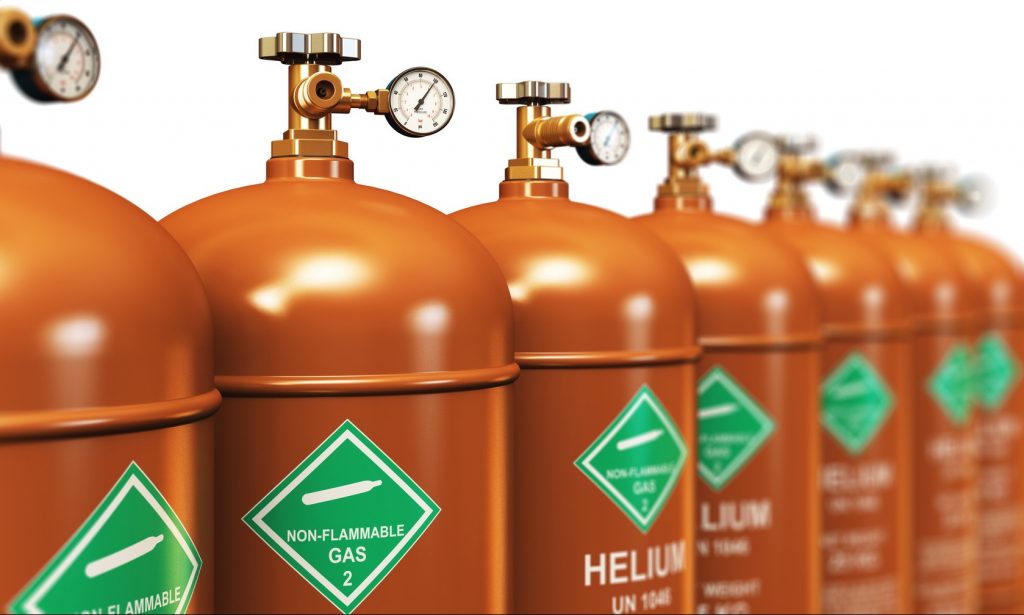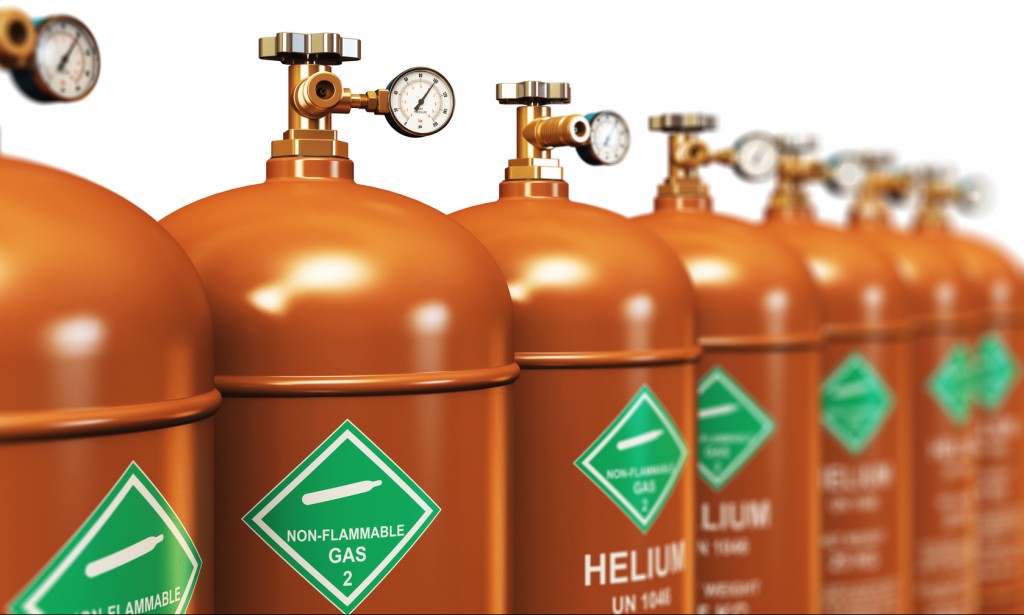It seems like everyday there’s another story about how the environment is doomed and there’s little we can do to stop it. In 2010, we brought you one of those stories: There was a worldwide shortage of helium and the possibility of it running out before long. Well, in an unlikely turn of events, the helium shortage is over.
Helium is the second lightest element in the universe, but that doesn’t mean it’s a renewable resource. In fact, it’s not at all, and the world’s reserves of the gas were on the brink of running out less than a decade ago due to overuse. That means party balloons—as well as MRI machines and nuclear power—would be a thing of the past. Yes, the world was about to run out of the special kind of gas that made balloons float and medical imaging work.
Naturally, a lot of scientists and industrial organizations went hunting for helium, both low and high (like how your voice sounds when you inhale helium). And they found it. The Norwegian helium supplier Helium Ore, in cooperation with researchers from Oxford and Durham Universities found the most massive “gas field” outside of Uncle John’s house in Tanzania’s East African Rift Valley.
Here’s how it works: Helium is stored in rocks thousands of years old. It takes massive amounts of heat (not to mention some bits of pressure and time) to release that helium. Volcanic activity in the East African Rift Valley has evidently provided the ideal environment for the slow release of helium from ancient rocks buried deep in the earth. In turn, that helium has been trapped in shallow gas fields.
However, the helium can’t be collected quite yet. The scientists know it’s there but can’t get to it, because the stores are too close to an active volcano, which releases high amounts of carbon dioxide and other gases which highly dilute the helium. Researchers are confident they’ll find a way to access good helium shortly. How much helium is available? At least 54 billion cubic feet, more than twice the 24.2 billion cubic feet held by the United State Federal Helium Reserve, currently the world’s biggest supplier.

Good News: Helium Levels are Rising!








